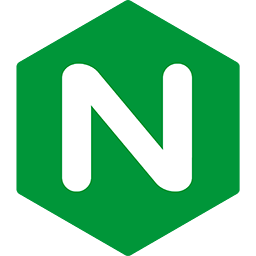Non-interactive, automatic, headless installs or upgrades
Passenger and Passenger Enterprise can be installed in a non-interactive, automatic, headless manner. This is perfect in automated scenarios, e.g. when using Chef or Puppet, or when building a Docker container.
This guide assumes that you are already familiar with installing Passenger manually. If not, please read the installation guide.
The instructions in this guide apply equally to the open source version and to the Enterprise version.
Table of contents
- Loading...
Debian packages
If you are on a Debian or Ubuntu operating system, then the recommended way to install Passenger is through APT. While installing the Passenger packages through APT, you can pass -y to apt-get install to have it run non-interactively. For example:
sudo apt-get install -y passenger
RPM packages
If you are on a Red Hat or CentOS operating system, then the recommended way to install Passenger is through YUM. While installing the Passenger packages through YUM, you can pass -y to yum install to have it run non-interactively. For example:
sudo yum install -y --enablerepo=epel passenger
Source tarball or RubyGems installation
Recall that while installing Passenger + Nginx, the installation process involves running an installer
(passenger-install-nginx-module)
which is interactive. You can run the installer non-interactively by passing various answers to the installer through command line options. Please run the installer with --help for a list of available command line options. Here is an example which show how to run it non-interactively:
passenger-install-nginx-module --auto --auto-download --prefix=/opt/nginx
You can also achieve non-interactive installation by installing Passenger as a normal Nginx module.


